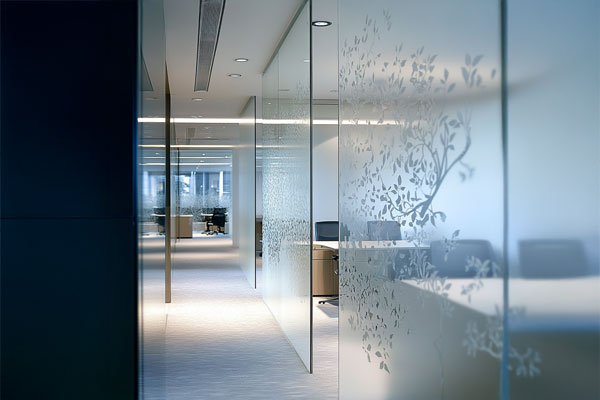
Glass sliding doors are an increasingly popular, stylish, and functional option for large openings in contemporary homes and commercial premises. The hardware governing the operation of glass sliding doors determines how smoothly the doors will operate, how long they will last, and how secure they will be.
In this article we will cover the variety of hardware elements that are involved in glass sliding doors and why they matter.
1. Track System
The track is the most significant component of any sliding door, as it supports smooth movement when opening or closing.
- Top Track:
The top track is mounted on the upper head of the door frame and carries the weight of the door while allowing it to slide.
- Bottom Track:
The bottom track is mounted on the floor below and guides or stabilizes the door while sliding in the top track. The bottom track typically has a groove where the door’s wheels sit, providing balanced movement when sliding.
2. Rollers and Wheels
Rollers and wheels enable the doors of the office with sliding glass to operate and slide smoothly.
- Top Rollers:
Top rollers are mounted to the top of the door and guide the door as it slides along the top track. Many top rollers are adjustable, allowing for smooth operation and making maintenance simpler.
- Bottom Rollers:
Bottom rollers are mounted at the bottom of the door to stabilize the door and prevent it from lifting off the bottom track.
3. Handles and Locks
Handles and locks provide function and security to the glass sliding door.
- Handles:
Handles may include various shapes, sizes, and materials. Some include stylish metal handles, or pull bars built into the door, and recessed handles to provide a clean line.
- Locks:
Sliding doors utilize different methods of locking, including single-point and multi-point locks. A multi-point locking system is a higher level of security because it provides points of locking mechanisms at multiple points of the door frame.
4. Frame and Glazing System
The frame and glazing system are key components of a glass sliding door, while contributing to the functionality of the product.
- Frame:
The frame of a glass sliding door is constructed from either aluminum, wood, or uPVC material. Aluminum is typically lightweight and durable, and when powder-coated, it can offer a variety of finishes.
- Glazing system:
The frame has glazing, which houses the glass in the frame. The glazing can be advantageous when double glazing is used with adds insulation or sound attenuation abilities, making this product suited for home or office applications.
5. Seals and Weatherstripping
Seals and weatherstripping are important components of the internal of your home or office design, preventing dust, rain, and cold air entry.
- Weatherstripping:
Weatherstripping is installed around the edges of the door and applied as an efficient barrier to air or moisture infiltration.
- Seals:
Seals are rubber or silicone barriers for the frame to assist with barriers against weather vulnerability and improve sound suppression for the product.
Conclusion
When considering the hardware that your glass sliding doors will use, remember that all are responsible for function and offer aesthetics to a space. If you realize that hardware is heavy and not designed to last, it will turn into rust with age, or it will peel. Then you would like to invest money in a long-term, reliable, and best hardware possibility that moves and closes.









